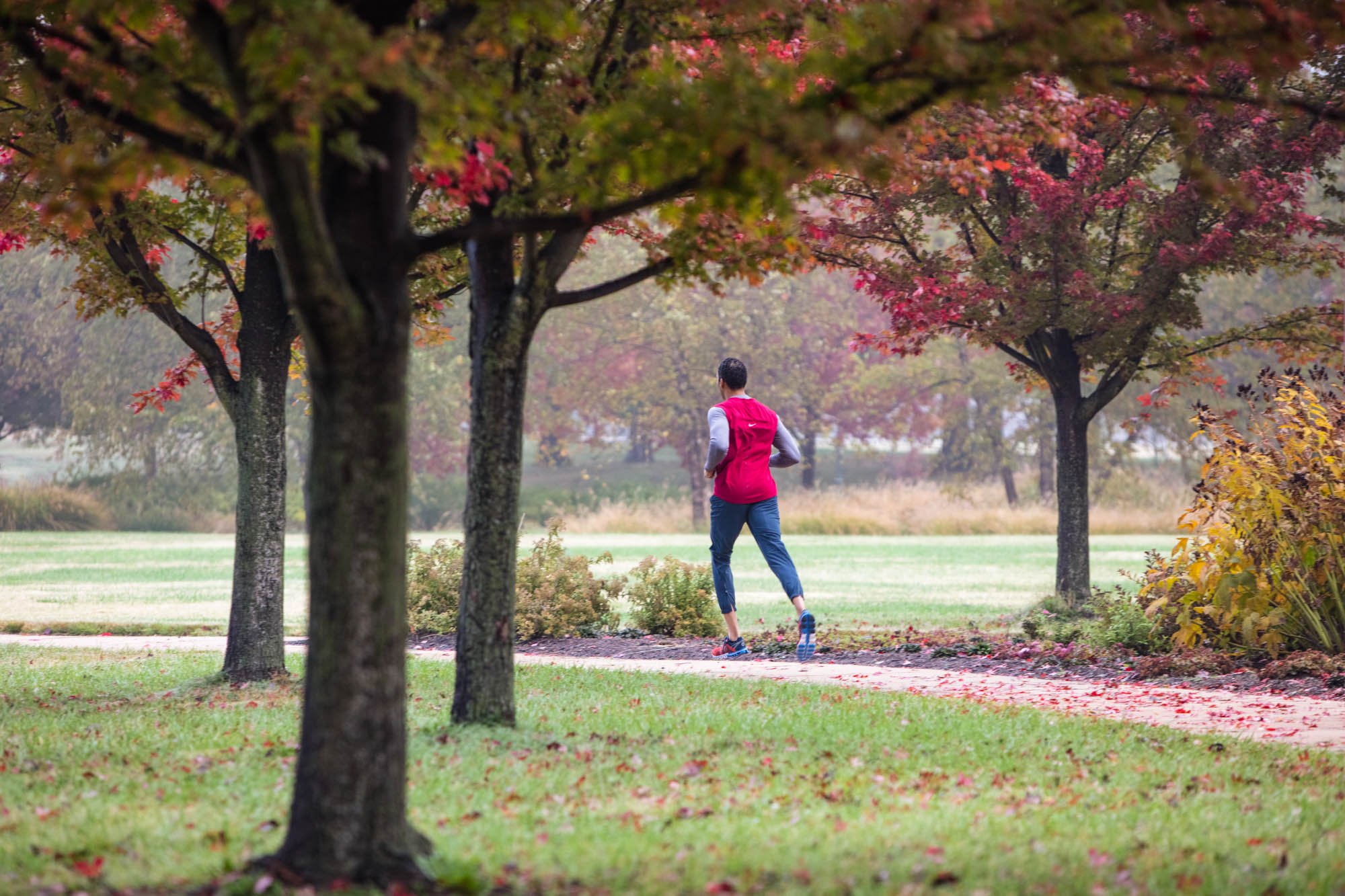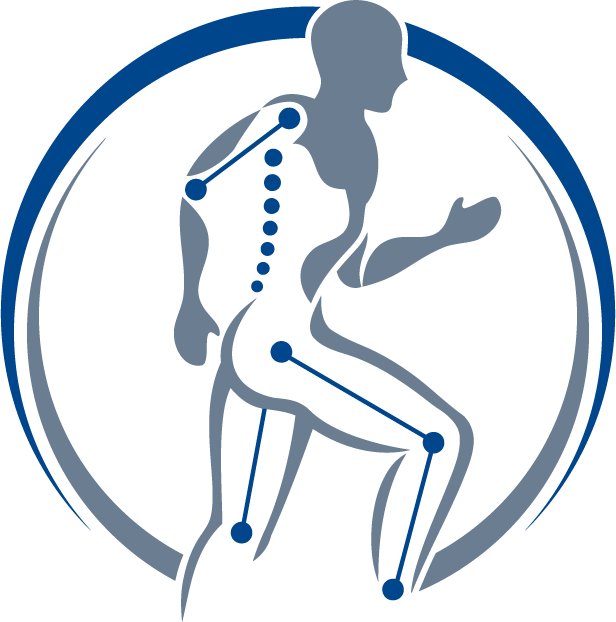
LEARN
Precision Physical Therapy Blog
Pure Barre: Foot Posture Corrections
When we grow up thinking about posture, we often think of our low back and shoulders. Rarely do we consider the posture of our feet. As the base of our whole body, foot posture can impact the alignment of many joints. The arch of the foot is a shock absorption system. It should be rigid when we need stability and flatten when we absorb shock. In general, people fall into one of three foot types: pronated, neutral or supinated.
Pure Barre at Home: Protecting the knee joint and keeping up with quad strengthening
Changing one’s fitness routine to be completed entirely at home creates a number of challenges, from crying kids, to pets licking your face, the dog hair on the rug and spotty internet. It’s been a challenge for all of us and I thought this month we could provide you with some simple modifications to make exercising at home a little more enjoyable, at least for your knees.
Runners: "Is my running form too bouncy?"
Have you ever wondered if you have a bouncy running gait? How much bounce is too much? Well this is one of the things we look for when analyzing a person’s running gait. Increased vertical motion during running causes increased stress in some of the joints, as well as using your valuable energy moving in a direction that is not forward. We call this increased vertical displacement of the center of mass.
Pure Barre: Control your hip hinge with your gluteals.
There are many exercises across a Pure Barre class that require a hip hinge motion. Consider the arm (triceps and biceps) strengthening early in class, this requires the hips to move back, knees to slightly bend and the trunk to lean forward. This movement is essentially the ‘deadlift’ movement that many weight lifters train at the gym. This movement is also required for leaning over a table, cleaning the counter and brushing your teeth at the sink. Practicing a good quality hip hinge during Pure Barre will benefit you across your day in many different activities.
Pure Barre: Easing your wrists into a plank.
I remember back to when I first started Pure Barre. My wrists were sore and my body needed time to adapt to plank and push up postures. This is normal. Prolonged wrist extension at 90 degrees requires not only normal bony alignment, but strength in the muscles of the forearm, wrist and fingers. Today we discuss ways to ease your wrists into a plank if you are new to Pure Barre or have some differences in your joint structure that vary from normal.
Runners: Strength Training for Injury Prevention
Many people who enjoy running, find they have limited time for strength training. If you are looking to prioritize which muscle groups to strengthen, this post is for you.
Pure Barre: How to Align Your Shoulders During Planks
This month I want to discuss scapular posture during front planks. Planking is one of the ways we strengthening our shoulders in Pure Barre. Strengthening an ideal shoulder alignment will allow us to hold the good posture during strenuous daily activities like lifting heavy objects and pushing heavy doors. Finding that ideal alignment can help us to prevent injuries in the future.
Running Biomechanics: Gluteal Compensation Patterns
As many of you may guess, the gluteal muscles are incredibly important for strong running. When running, these muscles work together to move the leg behind you, to keep the pelvis level to the horizon when standing on one leg, and to keep the leg from turning too far inward. This is pretty important stuff for a runner! Suffice it to say that the stronger and more balanced the glueteals, the more stable and efficient your running form will be.
Pure Barre: Pelvic Posture
This month I want to discuss pelvis posture during single leg standing. One of the many ways PB exercises strengthen the gluteals is by completing prolonged single leg standing (or single leg kneeling) activities. This challenges the gluteal muscle on the standing side to work hard to keep the pelvis level! When your pelvis is level, your gluteal (and some abdominals and paraspinals) work to maintain your spine in a healthy neutral posture during your exercises.
Running Biomechanics: Cadence
Think back to the last time you stepped off a ledge expecting the ground to be closer than it was. Your foot and knee anticipated the ground at one distance but were straightened and stiff in the moment when your foot actually hit the ground. Consequently, the rather uncomfortable force of this unexpected impact moved up from your foot through your leg and to the rest of your body. In the field of biomechanics, we call this force moving through your body ground reaction force. …
Runners: ITB ‘Stretching’ mistakes and 3 ways to fix it!
Iliotibial band (ITB) insertion pain is a common complaint among runners. While not a serious injury, it is almost impossible to continue training when this pain presents. Most often, ITB pain in runners is associated with weak gluteals, resulting in overuse of the Tensor Fasciae Latae (TFL), a hip flexor.
Running Biomechanics: The Lean
When we learn more about each person’s daily postures, physical stresses and individual running mechanics, we discover patterns. The patterns reveal the overuse of some muscles and under use of others, they indicate where more stress is created on tissues that can become injured. While injuries like, patella femoral pain, plantar fasciitis and lower back pain sound very different, they may be associated with the same underlying faults. When a runner takes the time to learn about their patterns and how they move while they run, they can take control of their technique and limit their injuries. In this article, the first of several, we will take a close look at body posture during running.












